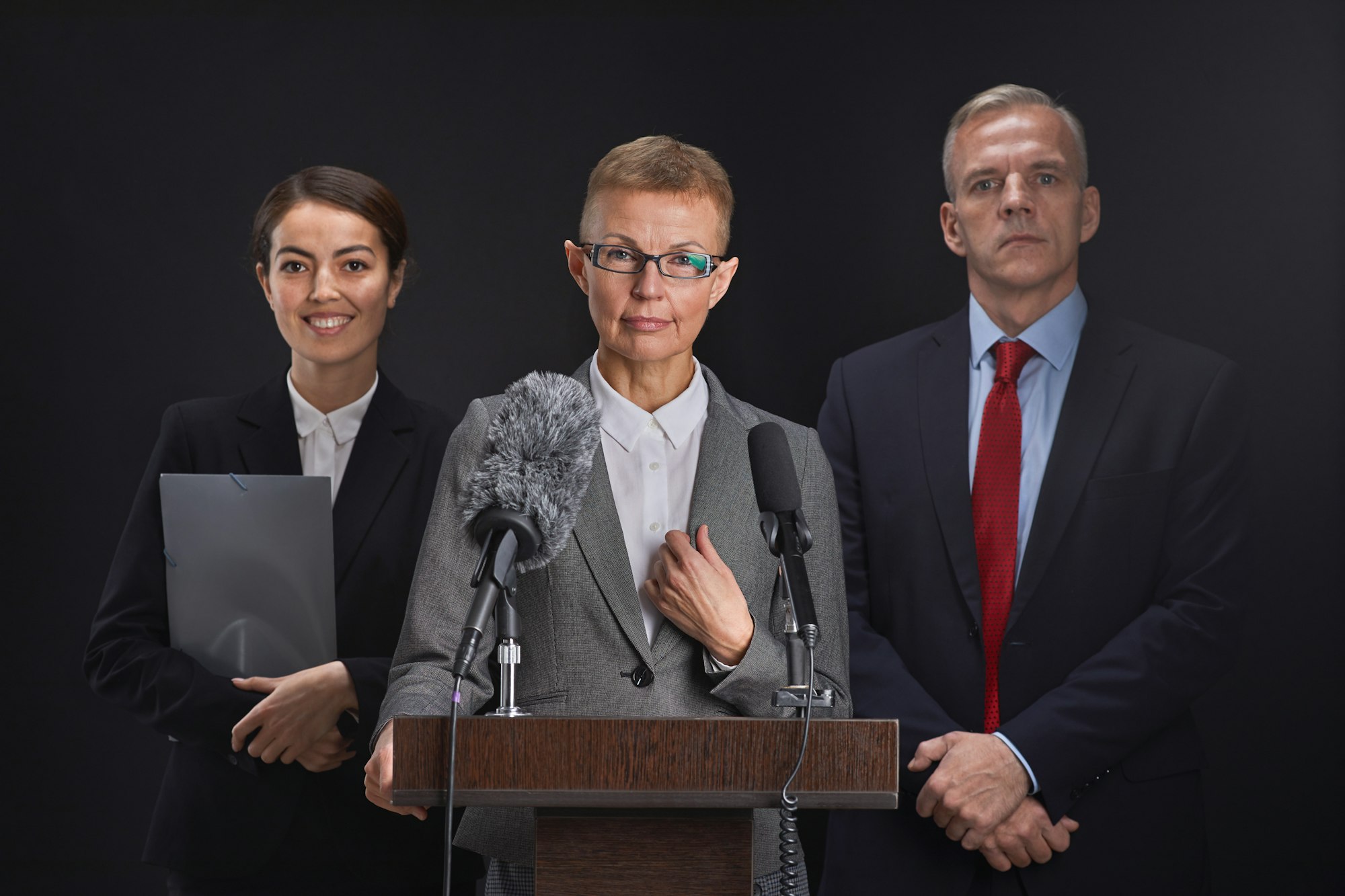In the ever-evolving landscape of technology, artificial intelligence (AI) has introduced innovations that bring both opportunity and risk. One of the most concerning developments is the rise of AI-generated deepfakes, which can seamlessly alter videos and images to create highly realistic, but entirely fabricated, content. These deepfakes are becoming a tool of choice for malicious actors, with potentially devastating consequences for both politics and the entertainment industry.

Deepfakes in Politics: A New Frontier for Misinformation
Donald Trump, former President of the United States, has become a central figure in discussions about the potential dangers of deepfakes. The technology’s ability to convincingly fabricate videos of public figures has raised alarms about the future of political discourse. Imagine a scenario where a deepfake video of a political leader making inflammatory statements goes viral just days before an election. The chaos and confusion that such an event could cause are almost unimaginable.
Deepfakes could undermine public trust in media, making it increasingly difficult for citizens to discern truth from fiction. This erosion of trust is particularly dangerous in the political arena, where the spread of misinformation can have far-reaching consequences. For instance, a deepfake of Trump engaging in illegal activities could trigger widespread unrest and further polarize an already divided nation.
The Entertainment Industry’s Battle with Deepfakes
The entertainment industry is also grappling with the rise of deepfakes, and Taylor Swift’s experience is a case in point. As one of the most recognizable celebrities in the world, Swift has been targeted by deepfakes that manipulate her image in harmful ways. These fabrications can damage a celebrity’s reputation, leading to potential financial losses and emotional distress.
Celebrities like Swift are particularly vulnerable because of their high visibility and the intense scrutiny they face. Deepfakes can be used to create compromising or scandalous content that appears to be genuine, potentially leading to public backlash or even legal challenges. The ability to fabricate such content has sparked concerns about privacy and the ethical use of AI technology.
Regulating AI: A Complex Challenge
As the threat of deepfakes grows, so too does the need for effective regulation. However, regulating AI is a complex challenge. Governments around the world are struggling to keep pace with the rapid advancements in technology, and there is no consensus on how best to address the risks posed by deepfakes.
Some experts advocate for the development of new laws specifically targeting deepfake technology. Others argue that existing laws on defamation, fraud, and privacy could be adapted to cover deepfakes. In either case, the challenge lies in crafting legislation that can effectively deter malicious actors without stifling innovation.
AI’s Double-Edged Sword: The Power and Perils of Deepfakes
The potential for deepfakes to cause harm is clear, but it’s important to recognize that AI also has the power to do good. AI technology can be used to create innovative art, improve medical diagnostics, and enhance productivity across various industries. The challenge is to harness the positive potential of AI while mitigating its risks.
Deepfakes represent a double-edged sword, showcasing both the incredible power of AI and the perils it can bring. As technology continues to evolve, society must grapple with these challenges and find ways to protect individuals and institutions from the dark side of AI.

Frequently Asked Questions (FAQs) About Deepfakes
1. What are deepfakes?
Deepfakes are videos, images, or audio recordings that have been altered or created using AI technology to appear real, often with the intent to deceive or manipulate the viewer.
2. How do deepfakes work?
Deepfakes use machine learning algorithms, particularly those involving deep neural networks, to analyze and replicate the features of a person’s face, voice, or mannerisms. The AI then superimposes these features onto another video or audio track, creating a highly realistic but fake version of the content.
3. Why are deepfakes dangerous?
Deepfakes can be used to spread misinformation, damage reputations, and erode public trust. They can manipulate public opinion, deceive individuals, and even cause political or social unrest.
4. Can deepfakes be detected?
Yes, but detecting deepfakes is challenging and requires advanced technology. Researchers are developing tools that analyze video and audio for inconsistencies or signs of manipulation, but the technology is still catching up with the sophistication of modern deepfakes.
5. What is being done to combat deepfakes?
Governments, tech companies, and researchers are working on various strategies, including legislation, AI detection tools, and public awareness campaigns, to combat the spread and impact of deepfakes.
6. Are there any positive uses for deepfake technology?
Yes, deepfake technology can be used for entertainment, education, and creative arts. For example, it can bring historical figures to life in documentaries or enhance special effects in movies. However, these uses must be carefully managed to prevent misuse.
In conclusion, while deepfakes represent a significant threat to both politics and the entertainment industry, they are also a testament to the incredible capabilities of AI. Society’s challenge is to navigate this new reality, balancing innovation with the need for ethical guidelines and robust protections against misuse.
Sources The Guardian



Thanks for sharing your knowledge on this topic. It’s much appreciated.